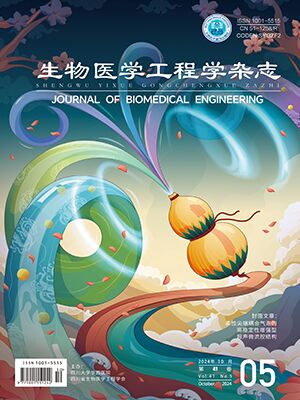The convective polymerase chain reaction (CCPCR) uses the principle of thermal convection to allow the reagent to flow in the test tube and achieve the purpose of amplification by the temperature difference between the upper and lower portions of the test tube. In order to detect the amplification effect in real time, we added a fluorophore to the reagent system to reflect the amplification in real time through the intensity of fluorescence. The experimental results show that the fluorescence curve conforms to the S-type trend of the amplification curve, but there is a certain jitter condition due to the instability of the thermal convection, which is not conducive to the calculation of the cycle threshold (CT value). In order to solve this problem, this paper uses the dynamic method, using the double S-type function model to fit the curve, so that the fluorescence curve is smooth and the initial concentration of the nucleic acid can be deduced better to achieve the quantitative purpose based on the curve. At the same time, the PSO+ algorithm is used to solve the double s-type function parameters, that is, particle swarm optimization (PSO) algorithm combined with Levenberg-Marquardt, Newton-CG and other algorithms for curve fitting. The proposed method effectively overcoms PSO randomness and the shortcoming of traditional algorithms such as Levenberg-Marquardt and Newton-CG which are easy to fall into the local optimal solution. The R2 of the data fitting result can reach 0.999 8. This study is of guiding significance for the future quantitative detection of real-time fluorescent heat convection amplification.
Citation: FU Da, CHEN Youbing, ZHUO Zhihao, MIN Xiaoping, WANG Hai, GE Shengxiang, ZHANG Shiyin, WANG Jin. PSO+: nonlinear fitting fluorescence data based on particle swarm optimizing combine with other iteration algorithm. Journal of Biomedical Engineering, 2019, 36(3): 414-420. doi: 10.7507/1001-5515.201708035 Copy




